kabocha; how long does it take to mature?
kawaiineko_gardener
14 years ago
Featured Answer
Sort by:Oldest
Comments (14)
farmerdilla
14 years agolast modified: 9 years agocarol_in_california
14 years agolast modified: 9 years agoRelated Professionals
Lakewood Landscape Architects & Landscape Designers · Lyons Landscape Architects & Landscape Designers · Palm Springs Landscape Architects & Landscape Designers · Winder Landscape Architects & Landscape Designers · Stamford Landscape Contractors · Doctor Phillips Landscape Contractors · Federal Way Landscape Contractors · Long Branch Landscape Contractors · The Villages Landscape Contractors · West Orange Landscape Contractors · Cambridge Roofing & Gutters · Reno Roofing & Gutters · Columbus Roofing & Gutters · Minnetonka Roofing & Gutters · Summit Roofing & Gutterscyrus_gardner
14 years agolast modified: 9 years agoBrenda K Spevak
14 years agolast modified: 9 years agoJoyce Chapman
6 years agoPatricia Stevenson
6 years agolast modified: 6 years agoJack wo
6 years agolast modified: 6 years agojensyen ( z7 MD )
5 years agoJack wo
3 years agolast modified: 3 years agoHU-69937350
3 years agolast modified: 3 years agozeedman Zone 5 Wisconsin
3 years agoHighColdDesert
3 years agoのりすけ
2 years agolast modified: 2 years ago
Related Stories

GARDENING GUIDESHow to Keep Your Trees Healthy
Ensure your trees’ vigor for years to come with these tips for protecting roots, watering effectively and more
Full Story
LANDSCAPE DESIGNTake Your Garden on a Rural Route With Plant-Dominant Designs
Let plants take center stage for a garden that recalls idyllic pastures fashioned by nature's hand
Full Story
COMMUNITYTogetherness Take 2: Is a Cohousing Community for You?
Missing that sense of connection? Consider the new breed of neighborhood with a communal bent
Full Story
TASTEMAKERSTake a Behind-the-Scenes Tour of Netflix’s ‘Grace and Frankie’
Set decorator Beauchamp Fontaine explains the design decisions behind the home sets featured in the new Netflix series
Full Story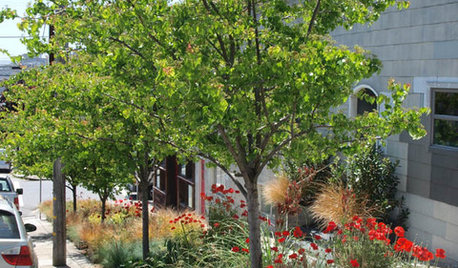
CURB APPEALTake Your Hell Strip to Heavenly Heights: 8 Design Ideas
Trade weedy dirt and trash for a parking strip filled with wispy grasses, low-growing flowers and textural trees
Full Story
BACKYARD IDEASTake a Peek: A Peaceful Backyard Near Puget Sound
Behind a screen of bamboo trees, discover a peaceful garden retreat in the Pacific Northwest
Full Story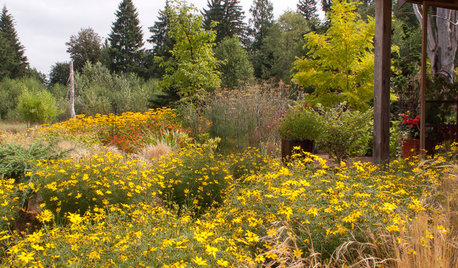
FLOWERSGreat Design Plant: Zagreb Tickseed Takes Care of Itself (Almost)
Get colorful drama along with deer resistance, drought tolerance and low maintenance — plus a butterfly or two
Full Story
MOVINGRelocating Help: 8 Tips for a Happier Long-Distance Move
Trash bags, houseplants and a good cry all have their role when it comes to this major life change
Full Story
FARM YOUR YARDIf You Have Room for Only One Summer Crop ...
Get an edible that’s long on flavor even if you’re short on space, with a long-time gardener’s favorite picks
Full Story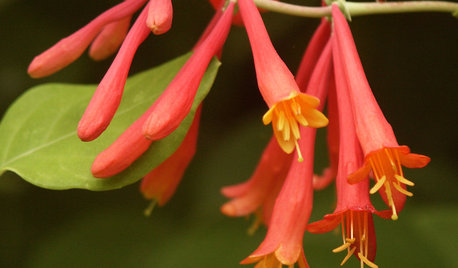
GARDENING GUIDESGreat Design Plant: Lonicera Sempervirens
Grow this long-blooming, flashy flowering vine to cover a fence or arbor and attract hordes of hummingbirds all season long
Full Story





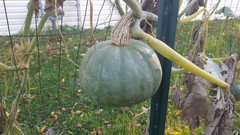


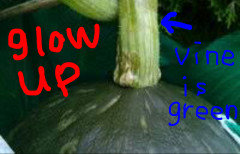

Jack wo